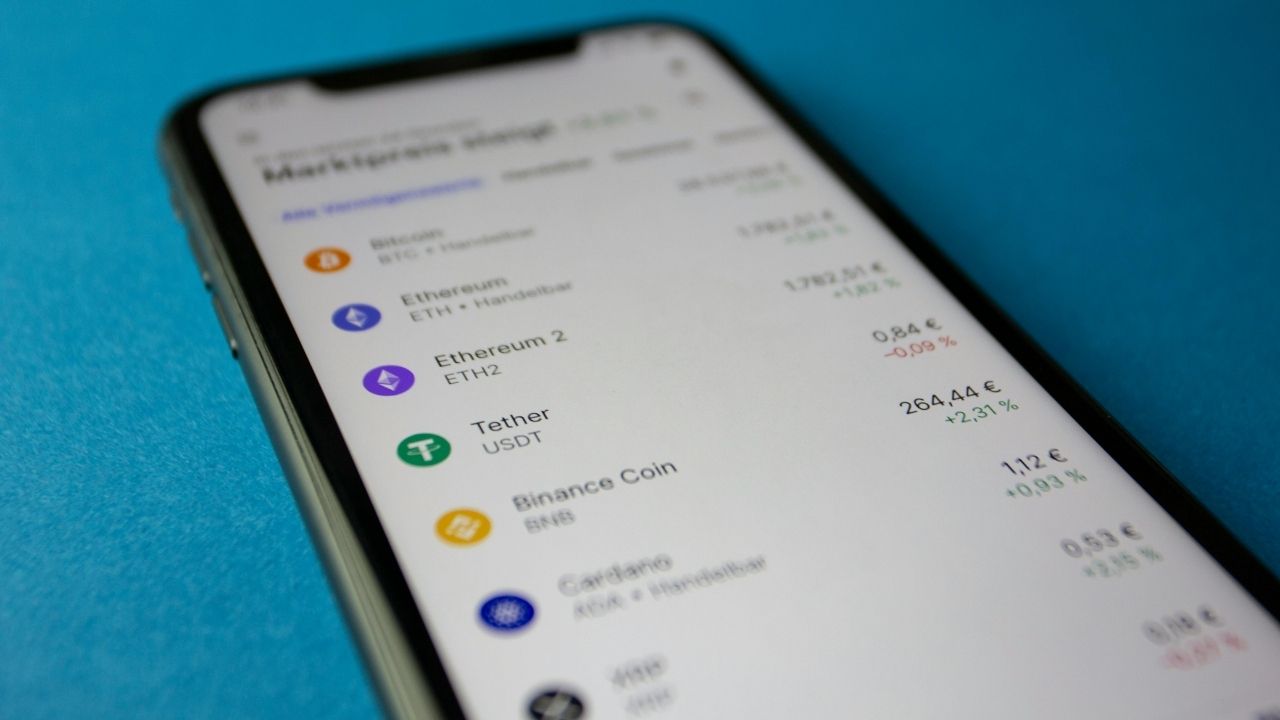Let’s face it, sharing files securely has become a major headache for businesses of all sizes. We rely on digital tools more than ever, and keeping sensitive information safe while collaborating is crucial. This article dives into the world of secure file sharing, exploring its journey, hot trends, and cool new tech shaping how we share files. By understanding these changes, businesses can protect their data and collaborate like champs.
File Sharing Evolution
Remember the satisfying click of a floppy disk? Sure, it held our precious work, but sharing it? That was an odyssey. Cramming a project onto a single disk felt like a Rubik’s Cube for technophobes. And fax machines? The agonizing screech, the paper jams, the blurry Picasso-esque reproductions – pure torture.
Email, our digital knight in not-so-shiny armor, finally arrived. Documents zipped across the web (at dial-up speeds, mind you) and collaboration bloomed! But email had its Achilles’ heel: file size. Try sending a video or hefty presentation – frustration and error messages awaited. Collaboration became Tetris, forcing you to break projects into bite-sized chunks just to share them.
Trends in File Sharing
The 21st century ushered in the cloud revolution. Heroes like Google Drive and Dropbox emerged, letting us access documents anytime, anywhere. Collaboration got a makeover: real-time editing, seamless access, and version control sanity. But with great power comes responsibility (thanks, Uncle Ben!). The cloud’s convenience sparked security concerns. Thankfully, modern file sharing boasts fancy features: encryption, multi-factor authentication, and secure access controls – a high-tech vault for your data.
The Future of File Sharing
Get ready for some seriously cool tech that’s transforming secure file sharing. Artificial intelligence (AI) and machine learning (ML) are leading the charge. AI can help organize your files like a pro, making it easier to find things and keep sensitive information secure. Machine learning can even analyze how you work and suggest helpful tips, making you a file sharing master.
Blockchain technology is another game-changer, offering a super secure and transparent way to share files. It creates a digital record of who accessed and changed files, keeping everyone accountable. Plus, real-time editing features are getting better and better, letting multiple people work on a document at the same time without any messy conflicts.
Why Modern File Sharing Tools Rock
Thankfully, modern file sharing tools have arrived like digital superheroes, transforming collaboration from a battlefield into a well-oiled machine. Here’s why these tools rock:
- Productivity Powerhouse: Share and edit documents in real-time with a few clicks. Imagine a team working on a presentation simultaneously, edits appearing instantly.
- Location Liberators: Access documents from anywhere, on any device. Stuck on a train with a deadline looming? No sweat! Catch up on a project during lunch break? Easy peasy! This flexibility empowers remote and hybrid teams to collaborate seamlessly.
- Communication Champions: These tools go beyond file sharing, fostering clear communication. Built-in chat and comments let you discuss documents directly, eliminating the hunt for the latest version or deciphering cryptic email threads.
Challenges and How to Tackle Them
Modern file sharing isn’t perfect. Let’s see how to address the glitches and keep your data safe:
- Data Privacy Defender: Thankfully, these tools come equipped with encryption (think secret code) and access controls (like a digital bouncer) to keep sensitive information safe.
- Permission Patrol: Clear access controls are your allies. They ensure only authorized users can view or edit files, preventing unauthorized changes and maintaining data integrity.
- Integration Inferno: Choose platforms that integrate seamlessly with your existing software. Imagine a superhero squad whose powers clash – that’s what happens with incompatible tools.
Conclusion
Remember the file-sharing dark ages? Thankfully, cloud platforms saved the day. But the future promises even more. Remote teams will rely on secure file sharing to seamlessly collaborate, no matter where they are. Data security remains a top priority, and future platforms will offer robust encryption and multi-factor authentication.








































